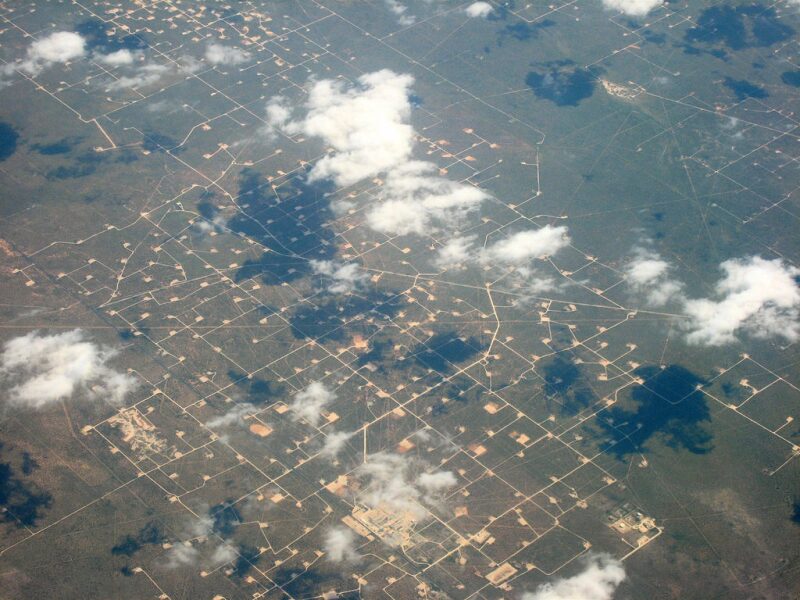Pioneer Natural Resources announced this week new greenhouse-gas (GHG) emissions-reduction targets across its Permian Basin operations.
The plan, rolled out in the company’s new sustainability report, calls for a 25% reduction of GHG emissions by 2030 and a 40% reduction in methane emissions by 2030.
The Irving, Texas-based shale producer has also committed to flaring less than 1% of its associated gas and aims to eliminate routine flaring by 2030, and possibly as soon as 2025.
By 2022, the new flaring limit will apply to the assets Pioneer is acquiring through its purchase of Parsley Energy. Pioneer announced it was buying the smaller Permian player in a deal valued at $4.5 billion in October.
With a pro forma output of approximately 328,000 B/D, the all-stock deal set to close early next year will make Pioneer the largest oil producer in the most prolific liquids-rich basin in the US.
“The energy industry is evolving, and we recognize that our steadfast commitment to sustainability is paramount to the future of the company,” Pioneer said in its annual sustainability report, adding, “We are committed to taking a leadership role among US oil and gas producers in reducing greenhouse-gas emissions intensity, while maintaining competitively low breakeven costs.”
Emissions Profile and Reduction Strategies
Pioneer is reporting that on an annual basis it emits at least 2.27 million metric tons of CO2.
More than half of these emissions are generated from its production and operations activities, while just over a quarter more is generated by drilling and completing wells.
Another 7% in GHG emissions is attributed to gas flaring, while just 1% comes from Pioneer’s fleet of road vehicles.
These figures represent what are referred to as Scope 1 emissions which address a company’s operational carbon footprint. For the first time, Pioneer said it is sharing figures on so-called Scope 2 emissions which account for 13% of the company’s overall emissions profile.
Pioneer’s past efforts on emissions reduction and energy efficiency are also highlighted in the report.
Since 2015, the shale producer has been using automated technology to reduce the idle running time on its pressure-pumping units by 80%.
As a result of such efforts, Pioneer says its diesel fuel consumption for both drilling and completions activities has dropped by more than 30% over the past 4 years, which has lowered each new well’s CO2 footprint by more than 600 metric tons.
In addition to its new limits on flaring, Pioneer will continue its downward emissions trend by implementing more low-combustion technologies and enhanced vapor recovery.
Leak-detection technology and aerial surveys will also continue to be used across Pioneer’s more than 9,500 well and facility sites to identify fugitive emissions. The company added that securing adequate takeaway capacity for its produced oil and gas will be a practical yet critical component of its emissions-reduction plan.
Pioneer’s announcement is the latest sign that the low-carbon movement led by European supermajors and national oil companies is taking hold in North America.
Last month, Permian rival Occidental Petroleum announced its aim to become a net-zero emitter of carbon emissions by 2050—a goal that encompasses not only its operational emissions but those created by the customers who use its oil and gas products.
Also in November, oilfield service giant Halliburton announced that it has begun the process of identifying its own path to becoming a low-carbon company.
Shale gas producer Range Resources became one of the first US onshore operators to join the trend when it announced plans earlier this year to achieve net-zero emissions from its operations by 2025.


